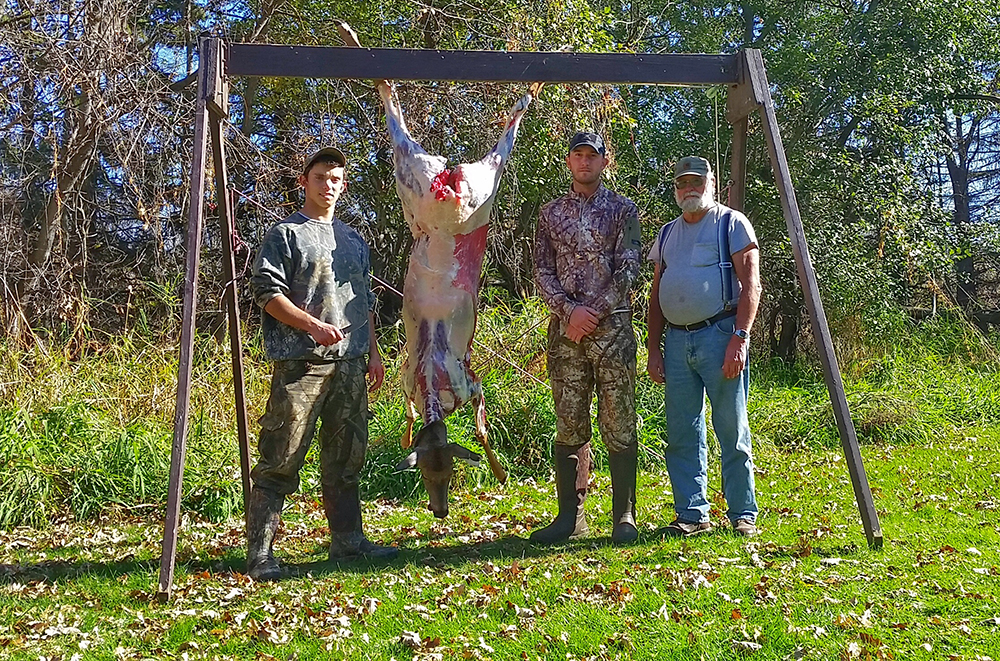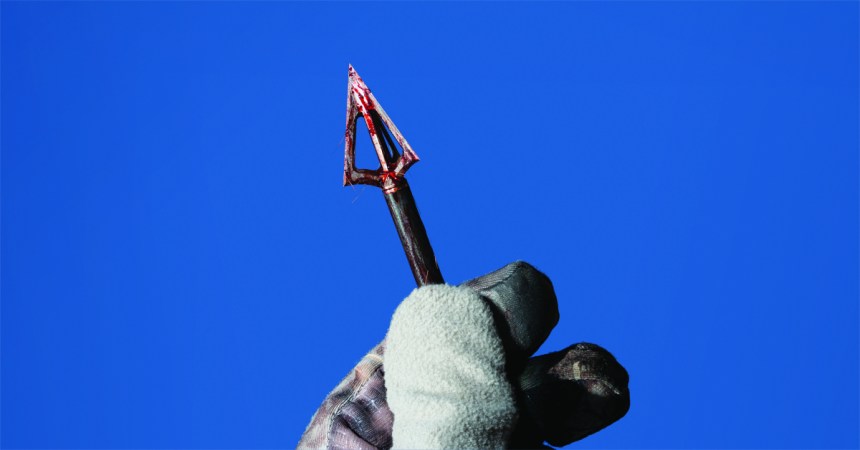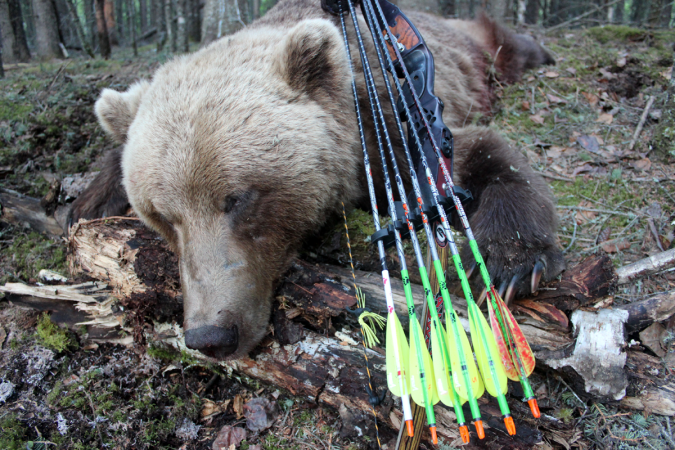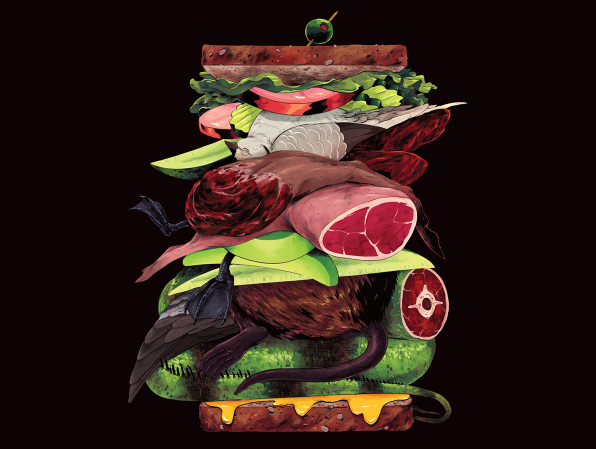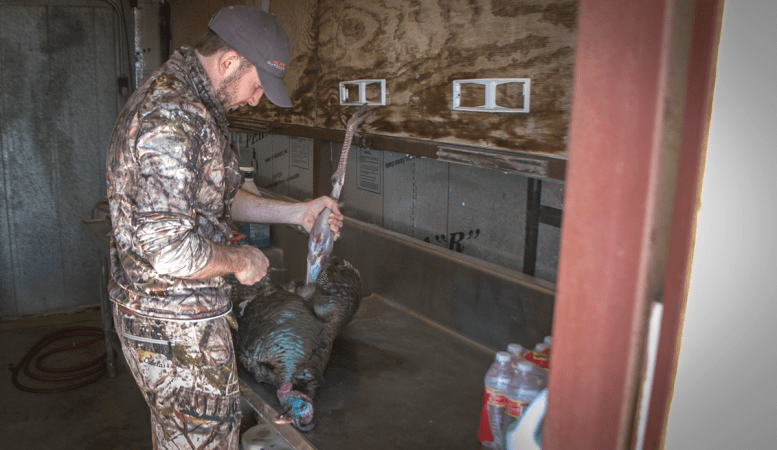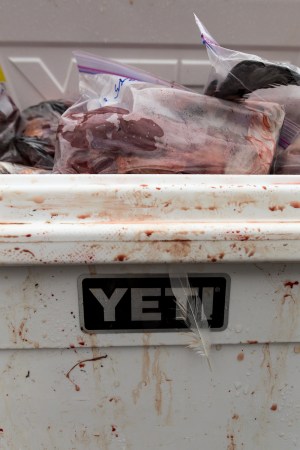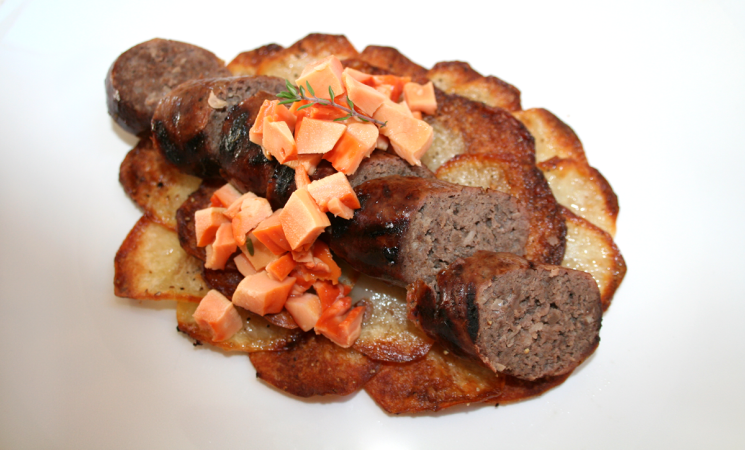Three generations of hunters gather around a meat pole. A whitetail doe, killed just hours ago, hangs and cools as a fall breeze whisks across its naked body. No time or morsel is wasted as the grand animal is converted into premium meat.
The youngest man, pictured at the far left with a knife in hand, is my 17-year-old brother, Jake. I’m in the middle, and our great uncle Al stands proudly at the far right.
This photo says it all.
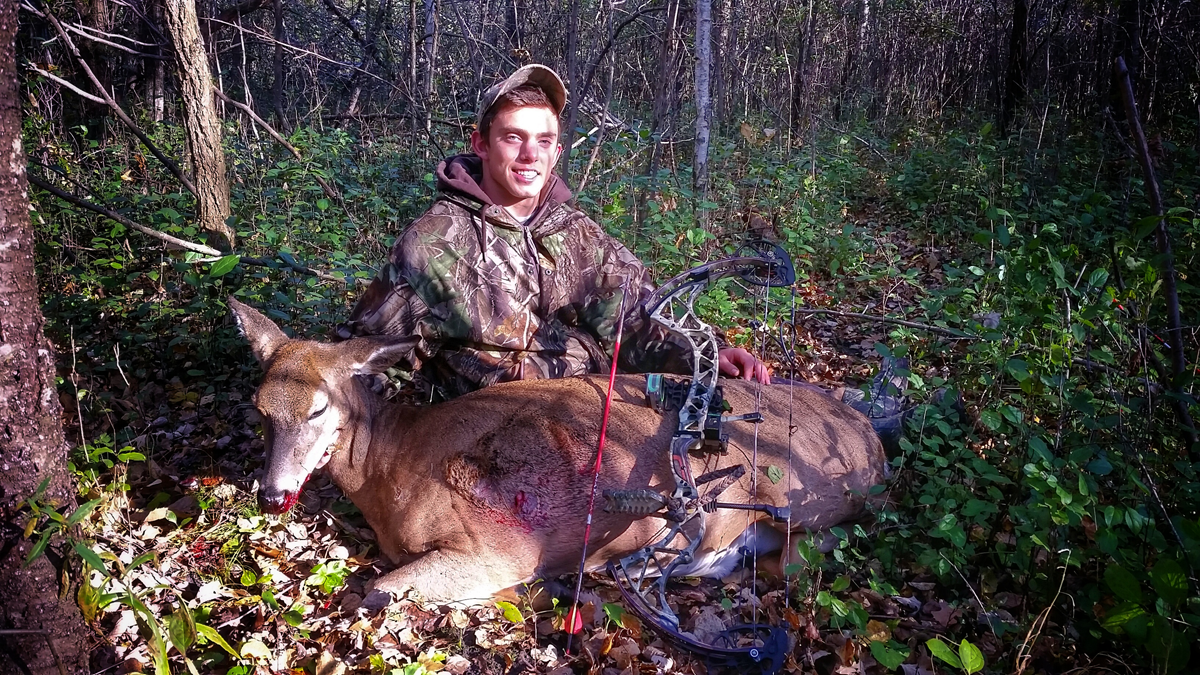
It symbolizes a ritual that has been passed down to countless generations over hundreds of years. It speaks the final and most important words in the story of a successful hunt, and it represents everything this blog is about: making our own meat.
Earlier this fall I headed north to my family’s farm in central Minnesota, where I first became a hunter and learned how to run a blade. I had a handful of goals for the weekend. One was to simply enjoy some quality time with my brother in the whitetail woods, with hope that he might take his first deer with a bow. He did. This worked perfectly to help me accomplish my other goal of giving our great uncle—our wild-game-meat mentor—a deer to work on. I’ve seen him handle dozens of whitetails at The Farm, but every time I manage to glean a fresh detail that helps me improve my own butchering skills. My brother has also witnessed Uncle Al in action many times now, but repetition is critical for one to commit the man’s fine art to memory. One day, it will be Jake’s turn to confidently put a knife in hesitant virgin hands and pass on this sacred legacy.
I’m sure many of you can relate to this scene at the meat pole. You should also be able to relate to my methodology of making meat and turning it into a meal in the kitchen or over a fire: trial and error. From field-care tips to recipes and cooking techniques, and the gear used to get it done, I plan to share my trials in this blog to help you minimize your errors—and I’m counting on you to do the same.
Who’s hungry?
